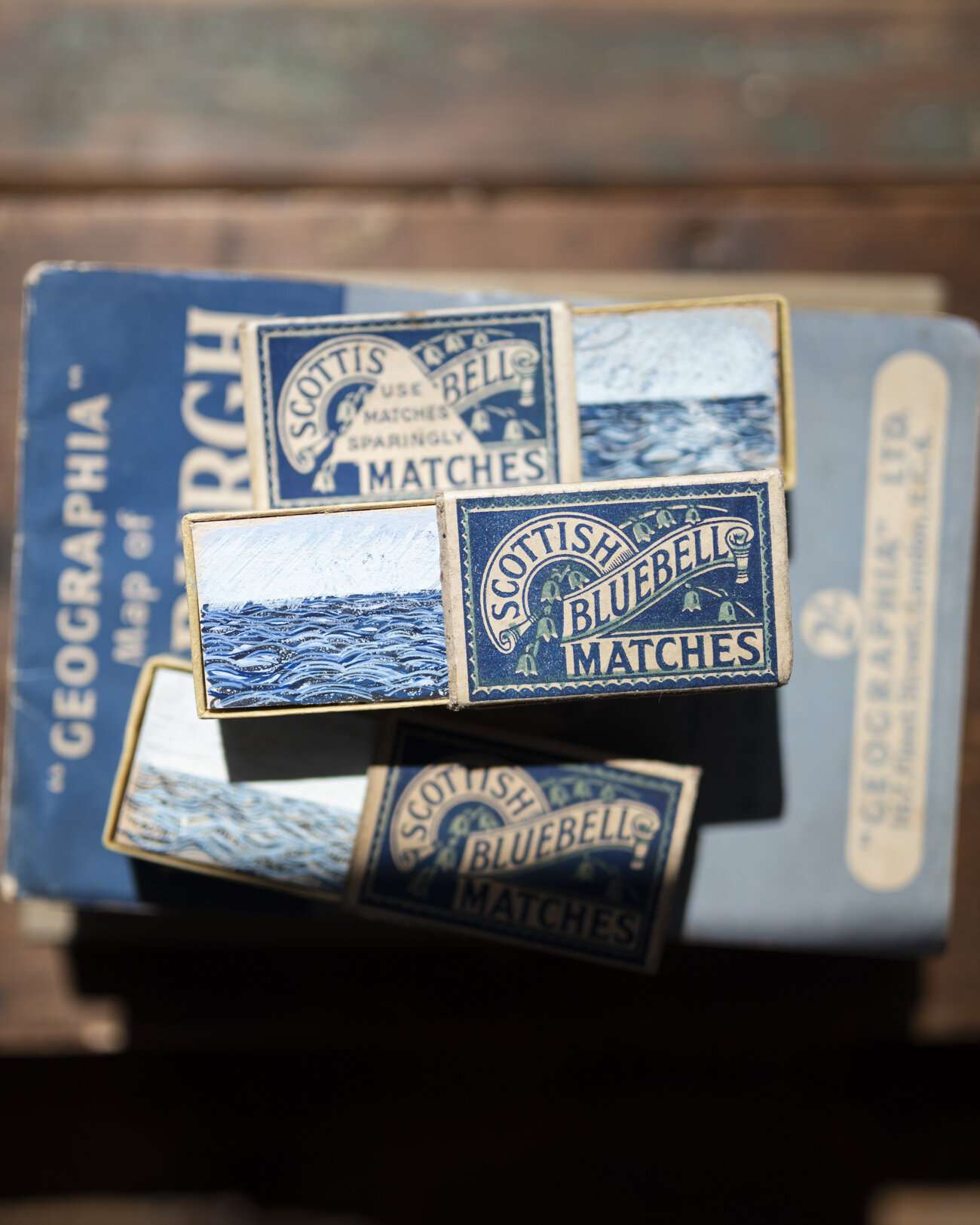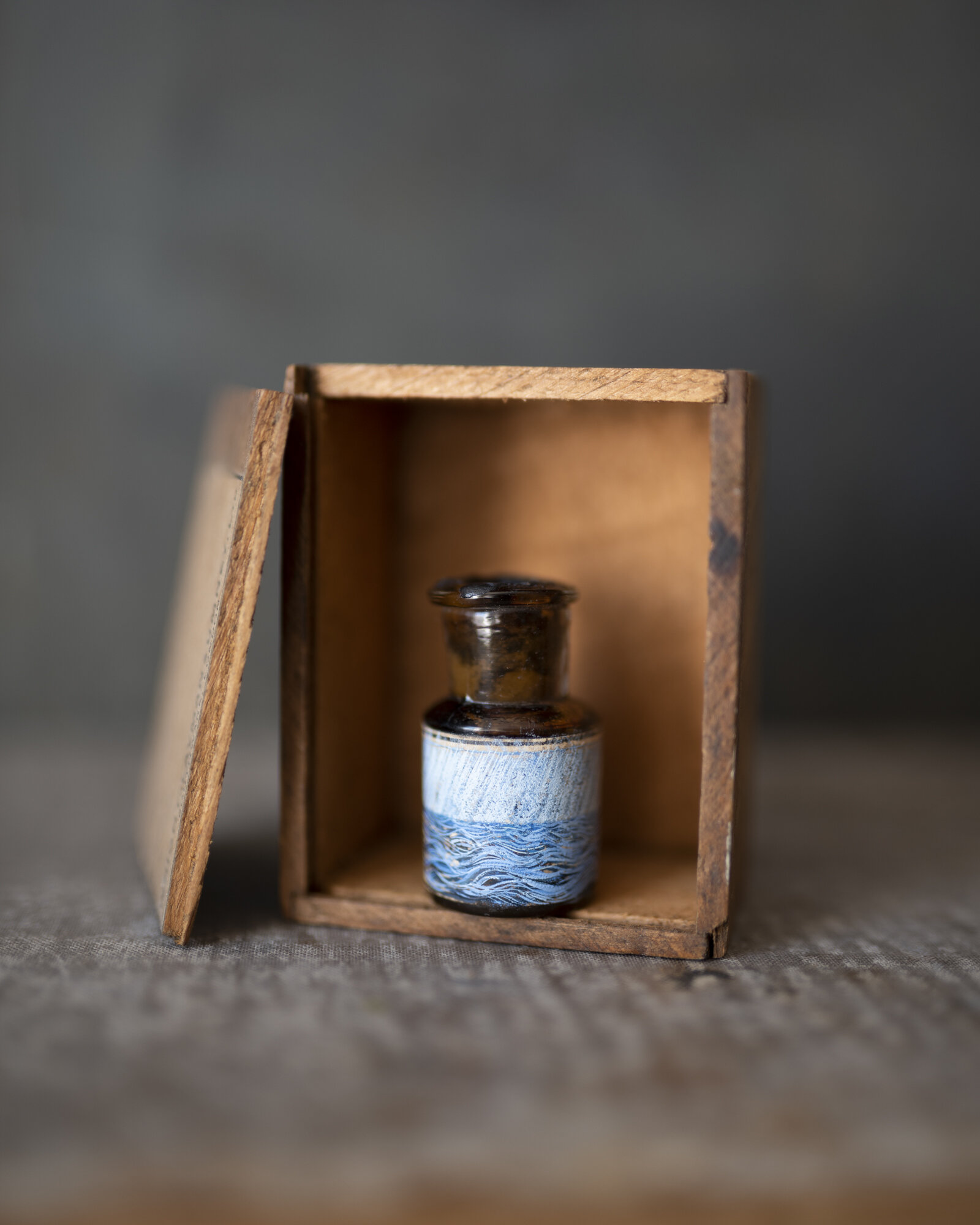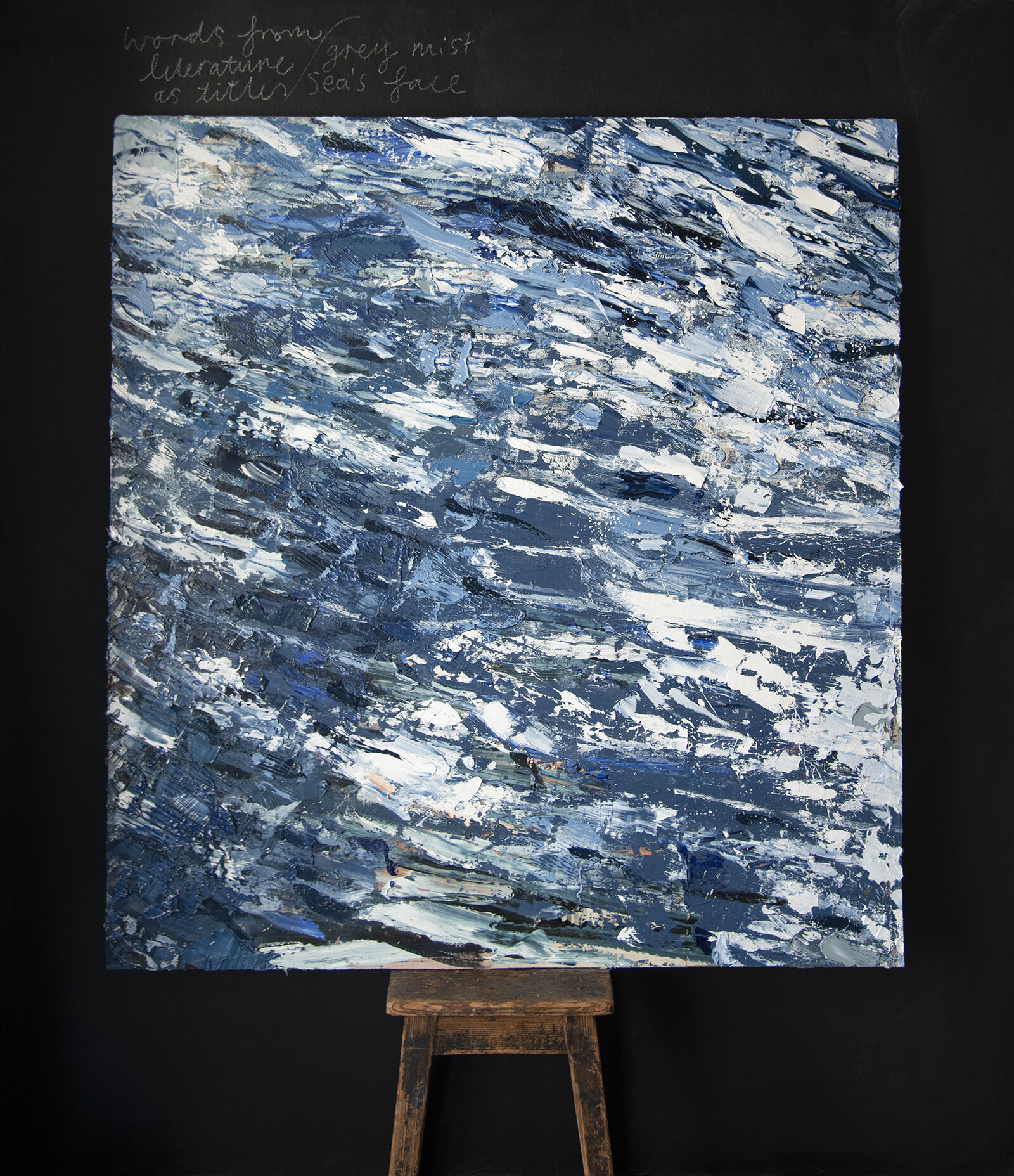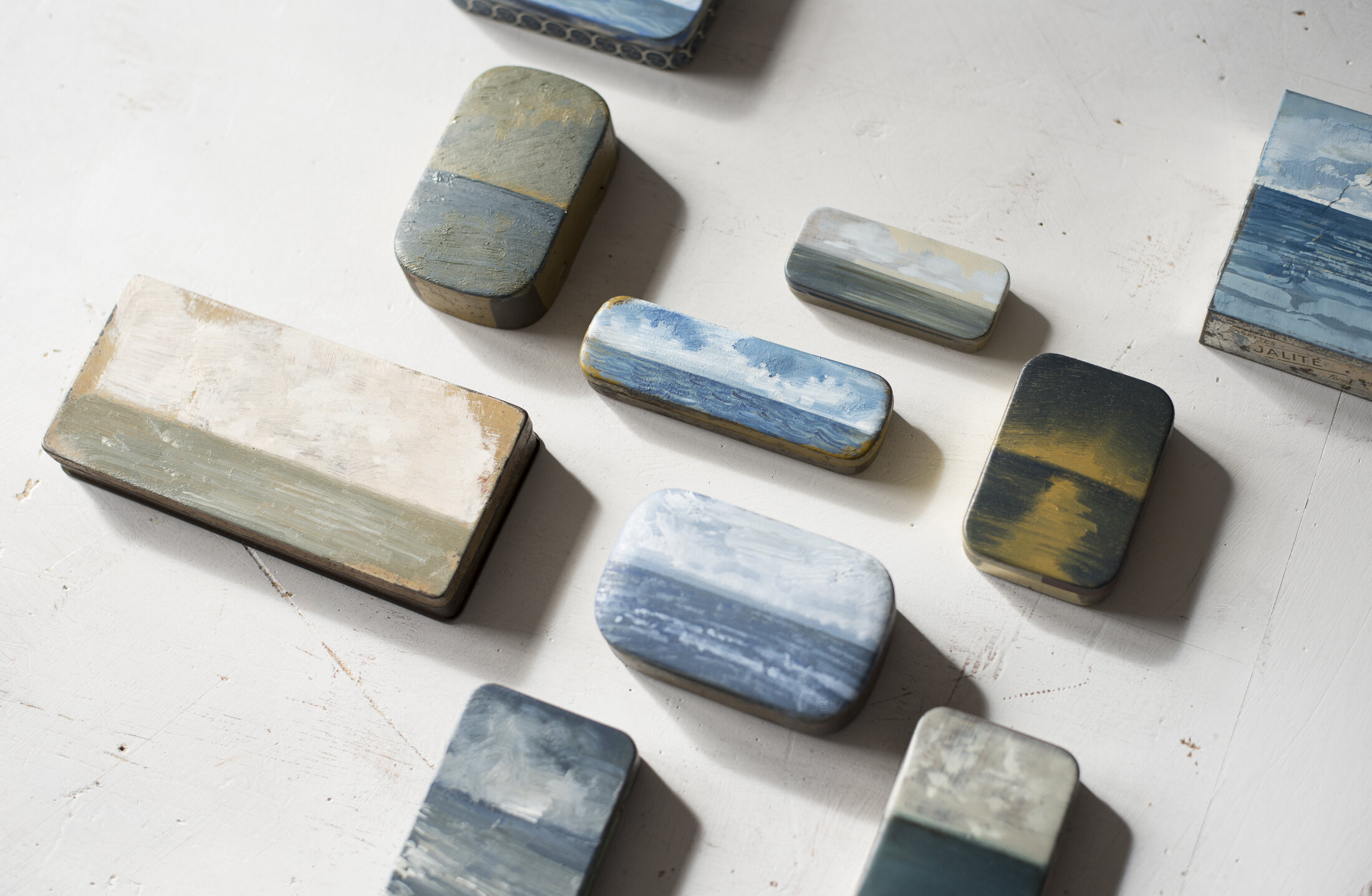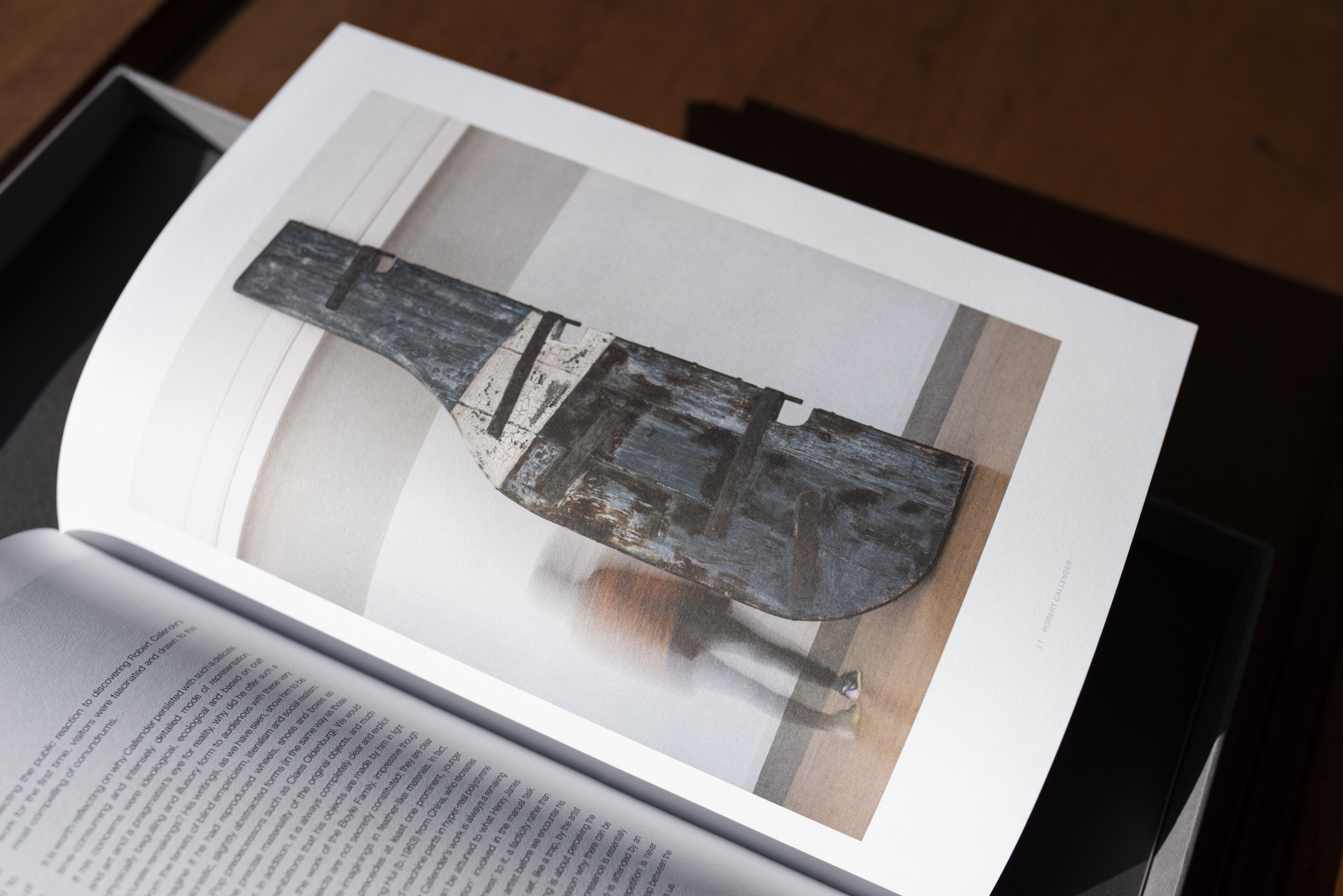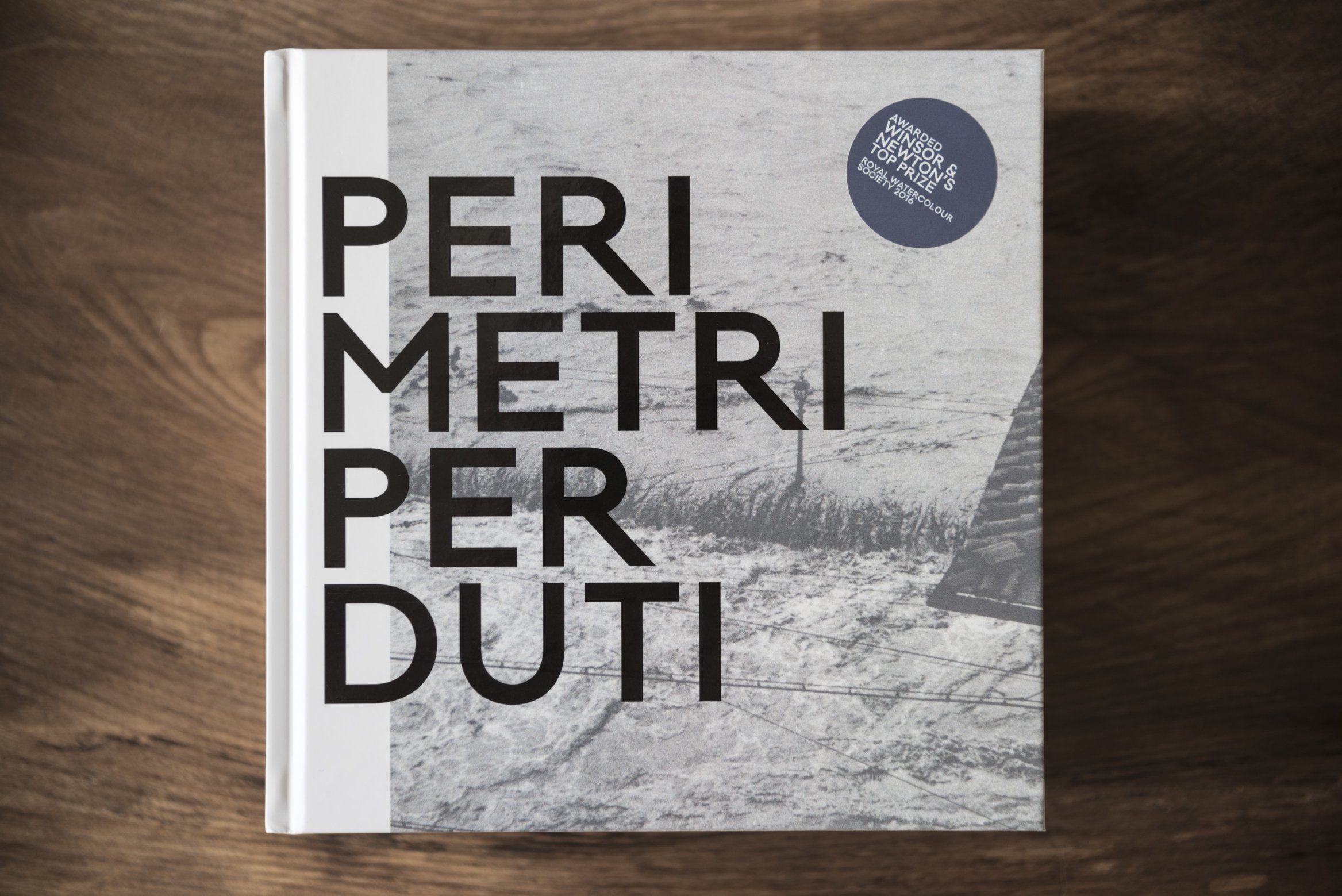Ullapool | 19.7.19
“The land retains an identity of it's own, still deeper and more subtle than we can know. Our obligation toward it then becomes simple: to approach with an uncalculating mind, with an attitude of regard. To try to sense the range and variety of its expression – its weather and colours and animals. To intend from the beginning to preserve some of the mystery within it as a kind of wisdom to be experienced, not questioned. And to be alert for its openings, for that moment when something sacred reveals itself within the mundane, and you know the land knows you are there.”
Here, in this remarkable location, we can clearly understand what one of my cherished authors – Barry Lopez – was referring to in this beautiful passage in his award-winning book Arctic Dreams. And likewise, through their intimacy of seeing, Robert Callender, David Cass and Joseph Calleja – three exceptional voices – have been influenced by both their internal and outer landscape, to produce work which is deeply thoughtful and reflective and speaks of the now.
In the now, however, we sit at a spot between a progressive landscape of deep history and the creation of an uncertain future, within the context of climate change. Post-post-modern existence is an age that is beset with issues concerning the limits of human understanding and we require solutions to the great global crises: be they ecological, social, political or economic. In other words, we face the problem of an inability to deal with the extent of challenges now threatening us.
Still, we remain positive – seeking to do our utmost in the face of adversity – as is human nature. We as individuals do take personal responsibility for our own impacts on the environment. Most harm to the natural world, though, is caused by corporations: states, business leaders, policies. They continue to repudiate any form of politically inconvenient science while we live with the urgency, alarm and unease about the ongoing impact of climate change, now releasing the unknowable forces of nature on mankind.
Consequently, we artists are answering collective cultural needs and seeking to point – but obliquely – to issues right at the top of the global agenda and involving highlighting the world’s most challenging problems and developing practical roles in environmental and social matters.
Scotland itself – a northern nation – offers so much to us artists. The legacy of great intellectuals such as scientist Patrick Geddes, geologist James Hutton (founder of modern geology) and environmental philosopher John Muir. Forerunners of modern Green politics have all acted as a catalyst for our thinking and philosophy and without a doubt this landscape in Scotland has compelled our imaginations and shaped our psyche.
A century after the Scottish Enlightenment, Patrick Geddes made clear the complex and inter-related relationships between humans and their environment. His thinking is particularly relevant today in discussion about sustainable societies. Geddes – a scientist, botanist and urban planner – understood even then that industrial development – if left unchecked – would damage the air, water and land upon which all life relies. In his words, ‘care of Mother Earth’ is the prime task of man. His abiding interest in eastern philosophy – which he believed more readily conceived of life as a whole – is very much in accord with my Inuit colleagues perceptions of the environment as a revered partner.
Geddes’ philosophy (dating back to the late 1800s) is also skillfully reflected – without moralising – in the works of Callender and Cass, while Calleja’s art is given form by his acute perception of both our inner and outer world.
Robert Callender raises reality to a higher level in his work Plastic Beach (half of which is on exhibit in As Coastline is to Ocean). His work on plastic waste dates from 2003–2008, making him a man very much ahead of his time. Environmental activism and science has only recently begun to realise the mass of this material within the world’s oceans.
Quoting an extract from Andrew Patrizio’s excellent text from A2B: An Artist’s Journey, ‘it is beguiling that Callender evokes this terrible ecological thought through paper-based materials that are as benign and vulnerable as plastic is dangerous and near-permanent.’
And in this wasteful world, it is a great achievement by these three artists, that they all use recycled materials to create their art. An art with special illuminating powers. I am full of admiration for what they have achieved and with such modest means.
So, public visiting this exhibition can really appreciate that art does not aspire to entertain. It aspires to converse. Their work truly reflects our times and poses important questions at the same time as offering so many possibilities and a positive outlook. Thanks go to the gallery, a key player in cultural life in the north of Scotland. The programme and public engagement here embodies a philosophy which we all endorse.



